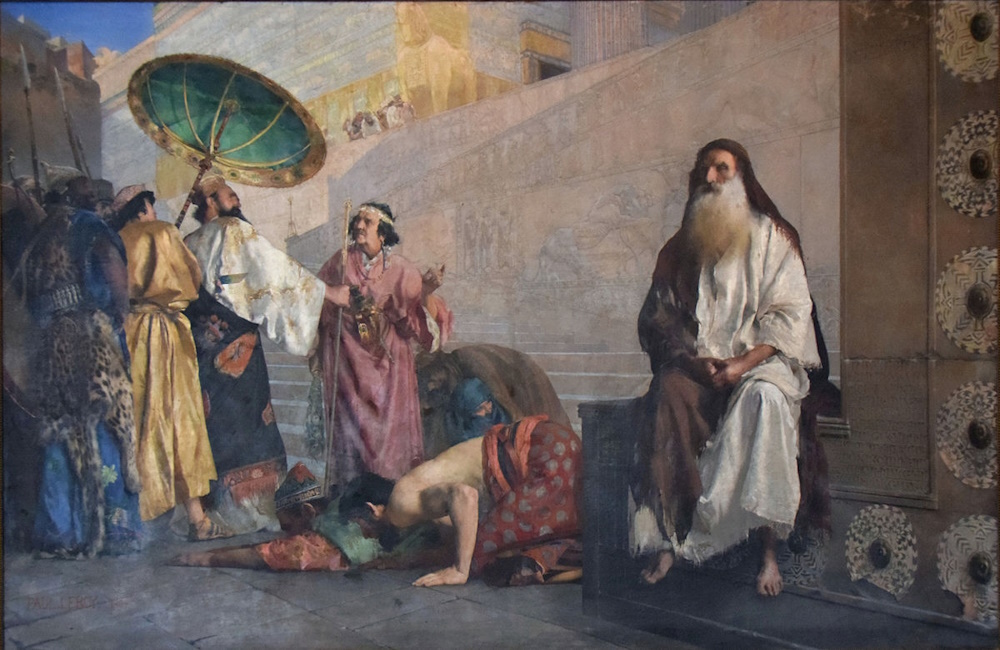Haman, a significant figure mentioned in both the Bible and the Quran, presents an intriguing case of comparative religious narrative. Both texts describe Haman as a high-ranking official who plays a crucial role in the persecution of a distinct group of people. However, their accounts differ significantly, leading to questions about his true identity and historical context.
In the Quran, Haman is portrayed as a minister of Pharaoh during the Israelites’ time in Egypt. His role was to enforce Pharaoh’s oppressive decrees, including the order to kill every male child of the Israelites. The Quran describes him as a “sinner” and emphasizes his antagonism towards the Israelites. Surah Al-Qasas 28:8 notes, “And ˹it so happened that˺ Pharaoh’s people picked him up, only to become their enemy and source of grief. Surely Pharaoh, Hamân, and their soldiers were sinful.” This narrative focuses on Pharaoh’s fear of the growing power of the Israelites and Haman’s ruthless execution of the king’s orders. The Quran’s account is meant to highlight the moral corruption of Pharaoh and the cruelty of Haman.
In contrast, the Bible presents Haman as a powerful minister in the Persian Empire under King Ahasuerus (Xerxes I). The biblical Haman’s story is set within the historical context of ancient Persia, where he becomes a prominent figure who harbors deep animosity towards the Jewish people. His hatred stems from Mordecai, a Jew, who refuses to bow to him, leading Haman to plot the extermination of the Jews. Esther 3:1 states, “After these events King Ahasuerus promoted Haman, the son of Hammedatha the Agagite, and advanced him and established his authority over all the princes who were with him.” The Bible’s narrative is detailed and aligns with the historical backdrop of Persian court dynamics and Jewish-Persian relations.
The divergence in the stories of Haman in the Bible and the Quran raises important questions about his identity and historical context. While both texts feature a figure named Haman with significant roles, they are situated in different historical and geographical settings. The Bible’s account is more congruent with known historical records of the Persian Empire, providing a clearer historical context for Haman’s actions.
Thus, while both the Bible and the Quran offer valuable insights into their respective narratives, the biblical portrayal of Haman stands out for its alignment with historical evidence and the specific context of ancient Persia. This makes the Bible’s account of Haman more coherent with historical records, lending it greater credibility in this particular context.
